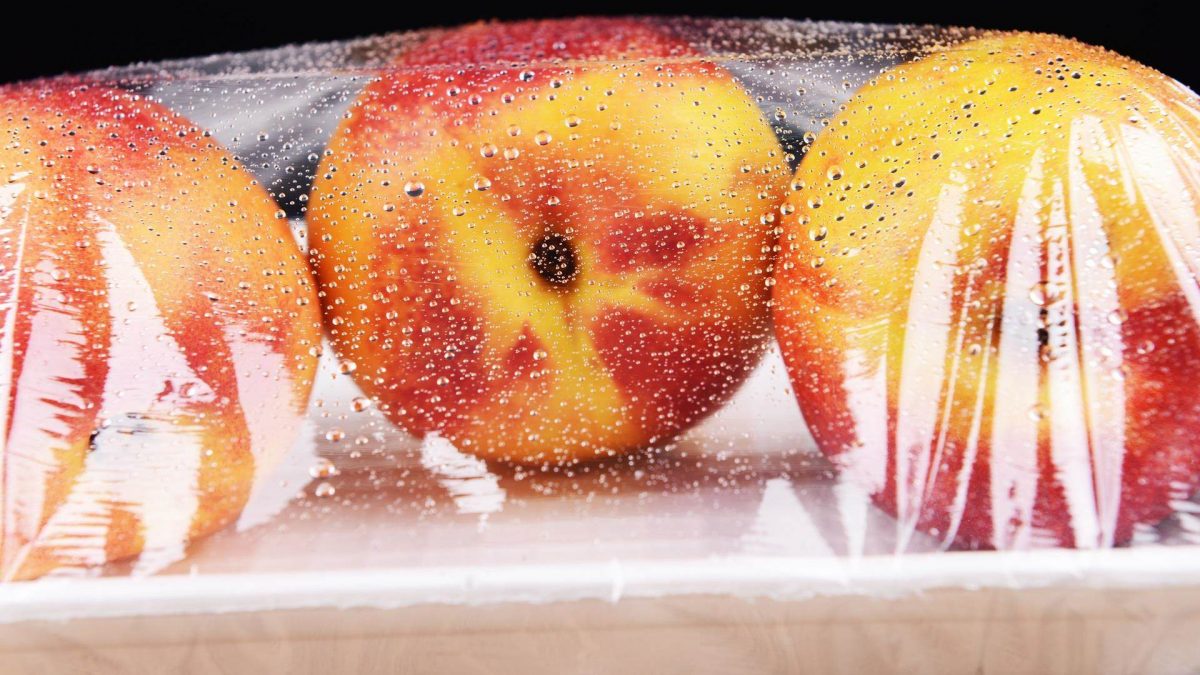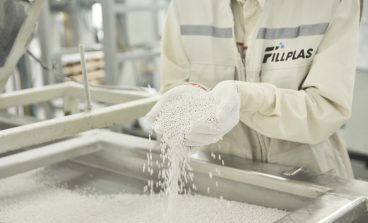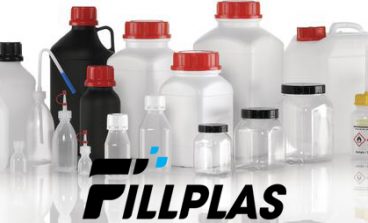
General
What is fog? Your meteorologist will tell you that fog is a visible cloud of water droplets that forms; when water vapor condenses into tiny liquid droplets suspended in the air. Similarly, fog seen on the inside of clear plastic packaging is the result of the condensation of water vapor on the surface of the material. Fog on the surface of the packaging can reduce shelf appeal and even impact the quality of the product. To help combat this, anti-fog additives and treatments can be used during processing of the plastic sheet.
First
Anti-fog additives and treatments, in the most basic sense; are chemicals that prevent the condensation of water in the form of small droplets on a surface resembling fog. These treatments were first developed by NASA for use on helmet visors and are now used on various transparent surfaces such as glass, optical applications and clear plastic packaging.
Secondly
Continue reading to learn more about how anti-fog agents help you see clearly in packaging:
The appearance of fog seen on the surface of clear plastic packaging is the result of the condensation of water vapor on the surface of the material. In packaging, this phenomenon can occur; when the temperature of the material’s surface falls below the dew-point temperature of the enclosed air and water vapor within the headspace of the packaging. The air near the material cools to a temperature; at which it cannot retain the water vapor; and as a result the excess water condenses on to the material’s surface.
Thirdly
In food packaging applications, the food that is being stored may have a high moisture content; so when the packaged item is stored in a cool environment; the temperature drops initiating condensation on the surface leading to fog. Or sometimes the food in the container is hot and gives off steam, which creates condensation when the hot air comes in contact with the cooler inside surface of the package’s lid. This cannot only ruin the shelf appeal of the product by preventing the consumer from seeing the contents, but it could also impact the quality of the food.
Next
There are two methods used to minimize the formation of fog on sheet and thermoformed parts – internal additives or external topical coatings. These treatments both work to minimize surface tension, resulting in a non-scattering film of water rather than single tiny droplets. Internal anti-fog additives are non-ionic surfactants, or compounds that lower the surface tension between two liquids or a solid and a liquid. These additives can be added to the plastic sheet at the extrusion level in the form of concentrates or master batches.
Moreover
A degree of incompatibility exists between the polymer and the additive; and as a result, the additive migrates to the surface. These additives work to decrease the surface tension of the water droplets; thus reducing the surface tension between the water and the surface of the plastic packaging. This allows the water to spread out creating a more uniform layer of water; thus improving the transparency of the water droplets and eliminating the fogging effect.
Conclusion
External anti-fog coatings are applied to the surface of the plastic sheet or film. These external coatings work similarly to the internal additives; in that they are designed to help decrease the surface tension between the water droplets and the material’s surface; resulting in improved transparency. These coatings come in the form of a liquid that is coated to the surface of the sheet; or film either by a dip coating; and roller process or through a spray application.



